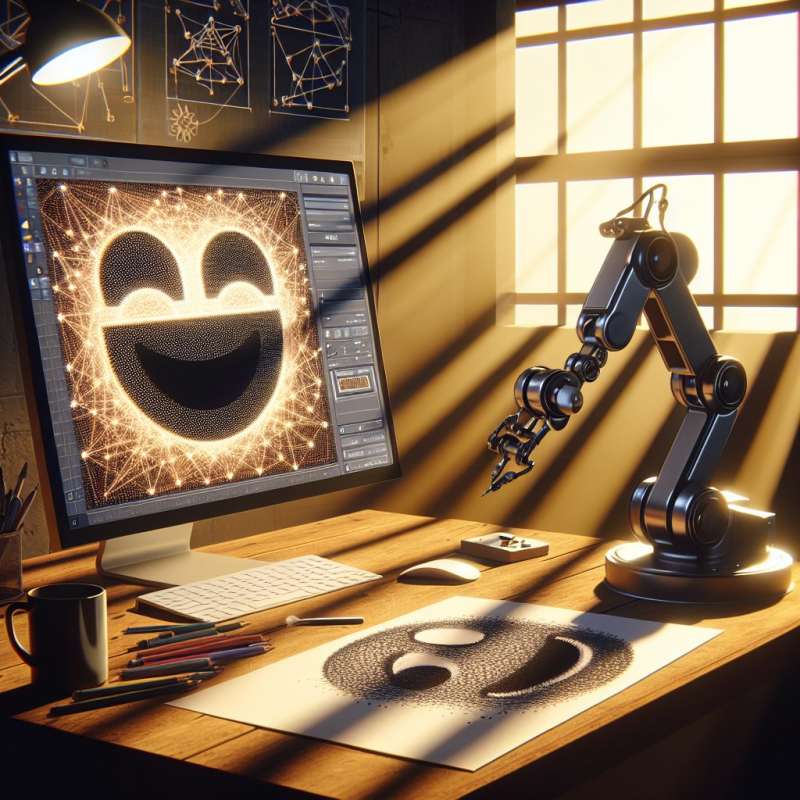
Understanding Video-to-Cartoon
Video-to-cartoon transforms real footage into stylized animations. It's not simple filtering; it involves understanding the video's content, artistic interpretation, and requires advanced AI and graphical algorithms.
Early Animation Techniques
Before AI, artists traced over live-action footage, a process called rotoscoping. Classics like Disney's 'Snow White' used this method. It was painstakingly slow, but it revolutionized early animation.
AI Revolutionizes Cartooning
Recent AI developments allow real-time conversion of video to cartoons. Techniques like machine learning and neural networks analyze and replicate artistic styles with increasing accuracy.
Deep Learning in Cartooning
Deep learning models, especially Generative Adversarial Networks (GANs), learn from vast datasets of cartoons. They then generate frame-by-frame animations that mimic the learned style, seamlessly.
Cartoonization for Film
Feature films have used video-to-cartoon for stylistic effects. Movies like 'A Scanner Darkly' and 'Waking Life' used interpolated rotoscoping techniques for their unique animated look.
Real-time Cartoon Filters
Social media platforms now offer real-time cartoon filters, democratizing this technology. Users can instantly cartoonize their videos, thanks to the sophisticated algorithms running on their smartphones.
Future of Video Cartooning
The future may bring hyper-realistic cartooning, with AI learning individual artists' styles. This could lead to personalized cartoon avatars in virtual reality and augmented reality applications.
What does video-to-cartoon involve?
Simple video filtering
Basic cartoon overlays
Advanced AI, artistic interpretation
Company